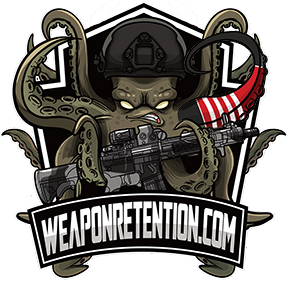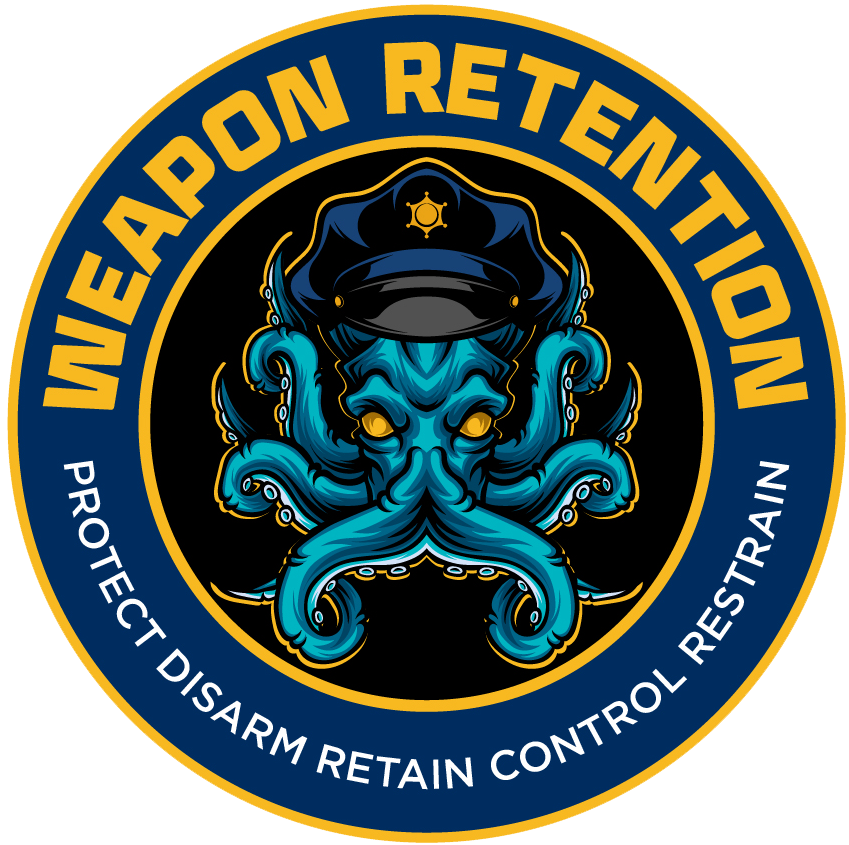Would you survive? It is your responsibility.
One of the main objectives of the training is to make sure officers realize how vulnerable they are. Detect those weaknesses and try to fix them. At the Police academy, most of the cadets have never been punched or in a fight. I wish we had more practical training and fewer injuries from excessive running. Redman’s scenarios are giving more PTSD to cadets than to the streets. Imagine yourself with the level and time of training as a cadet, and then imagine yourself having to perform on the red man scenario. This is not learning, it is just a traumatic experience. It is like giving a basic 4-hour pistol training to a cadet and expecting him to qualify as a SWAT sniper. It doesn’t make any sense, and the bad news it will not change any time soon.
Let’s talk about police combat training. Starting with the natural progression of an assault. It normally starts with a surprise strike on the interview or maybe on the handcuffing after the surprise striking probably clinch and then ground. Most of the cops have very low-level striking skills. What I mean by that is that punching bags and pads are not learning striking. The bag doesn’t punch back. We have tons of videos of cops being hit, and we all know the result.
Clinch is one of the most critical parts of hand-to-hand combat and is very neglected. It can be the bridge between staying on your feet or going to the ground in a good or bad position. It also gives the chance to use techniques to create room for radio or maybe draw your tools or at least not lose your gun. I used to teach a special class for door kickers that were all about weapon retention in a CQB environment, and clinch fundamentals are the base of the rifle retention in the class. Have you imagined someone grabbing your barrel when you are scanning a house with your pistol, carbine, or shotgun? So, moving forward we all know that officers have almost no striking training, zero clinch training, zero takedown training, and almost no real Jiu-Jitsu in most departments. Brazilian Jiu-Jitsu is fundamental and got some law enforcement attention lately, but striking, clinching, and takedowns are also fundamental to increasing officer survival chances. Most BJJ classes for cops are at the same level as a first-week kids class at a decent BJJ gym. I’ve been in those classes, and it is better than nothing, but far away from the minimum needed and made to please officer ego. Those classes give them a fake sense of security because they can do the class, and become instructors, but drill and fight are different and fighting to arrest is even worse. Besides that, all the learning is erased in one week after the training of the officer’s memory. Am I wrong?
Years ago I invented the CPR system in São Paulo Brazil (Control/Protect/Restraining) and through the years it became Protect, Retain, Control, Disarm, and Restrain.
Now let’s make a simple scenario. In an assault situation, a bad guy is assaulting an officer with violent punches. Now add a knife to that fight, and after that add to the scenario the bad guy trying to take the officer’s gun away. Does it look like a nightmare? Would you survive? Let me go a little further. Now imagine the suspect striking took the knife from the officer’s vest. Yes, from the officer. I know a lot of cops that keep a super “tacticool” knife on their duty belts, pockets, or vest. I talk a lot in classes about knife and weapon retention for a reason. Let’s make the nightmare a little worst. Bring the same striking scenario to the ground. I have been training BJJ since I lost my diapers. I grew up with some of the best and most famous fighters and masters of history and after some world titles, Pro MMA bouts, and a half-century of experience fighting and teaching I would still feel uncomfortable with that kind of scenario in training. Now to keep it real add to our scenario adrenaline, a heavier suspect, multiple suspects etc. A real nightmare. Most cops never learned that they are carrying tools and that the individual himself is the real weapon. We train the individual to be proficient with the tools.
If an assault on a police officer is happening the chances are your tools will be available to you but also to the suspect and ending up on the ground means a higher chance of being disarmed by an assailant, but also will increase the chances of striking, stabbing, etc. I remember a real-life situation that a suspect resisted cuffing and took 2 cops down. The suspect mounted on cop #1 and at the same time was using a rock to strike officer #2 on the floor that was already unconscious. The big difference in size and the violence of action made both officers die. A variation from the traditional bump to escape from the mount position could save both officers’ lives, or maybe a technique to draw with someone mounting since their legs will be blocking your access to your own weapon. I did weapon retention classes for years before moving to Arizona USA, I remember the disarming techniques with the old Rossi and Taurus revolvers. I had the chance to work with Special Forces, SWAT, and SRT teams in many countries and the confidence changes between a trained officer vs an untrained officer are night and day. You can turn a nightmare into a successful arrest if you know what you are doing. At the bare minimum, a trained officer will increase his chances of surviving an assault situation, keep his weapon and be able to hold the fight until backup arrives.
Now let me ask you. Would you be able to survive a violent assault? And if you are in a fight and asked for back up, would you be happy with someone just like you showing up to back you up? Go get some training!
Please E-mail weaponretention@gmail.com for Seminars, Classes and Gym/Team Affiliations

